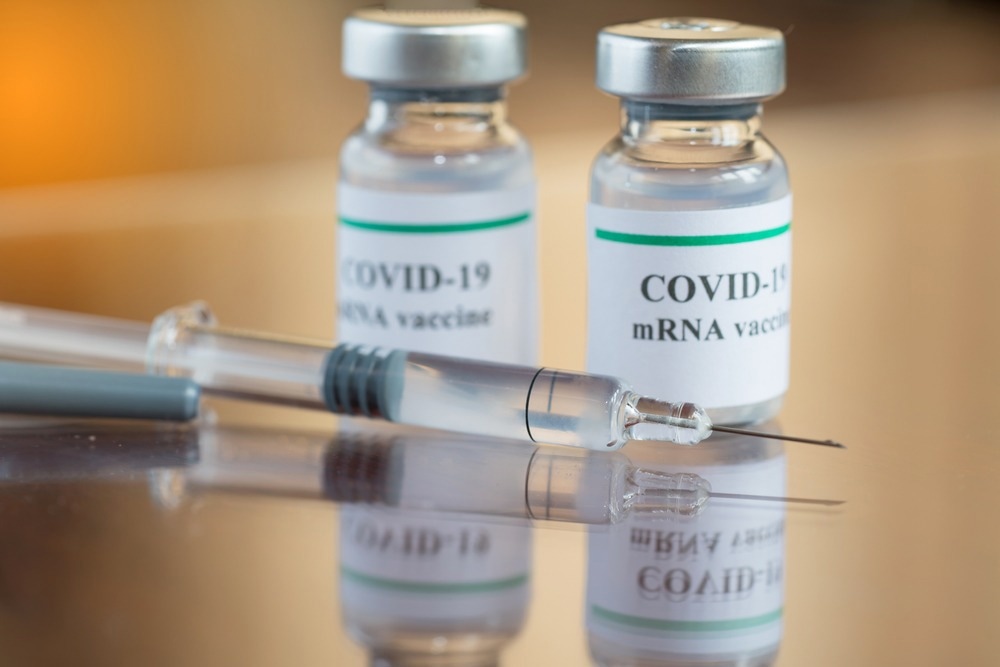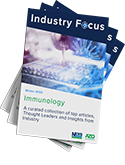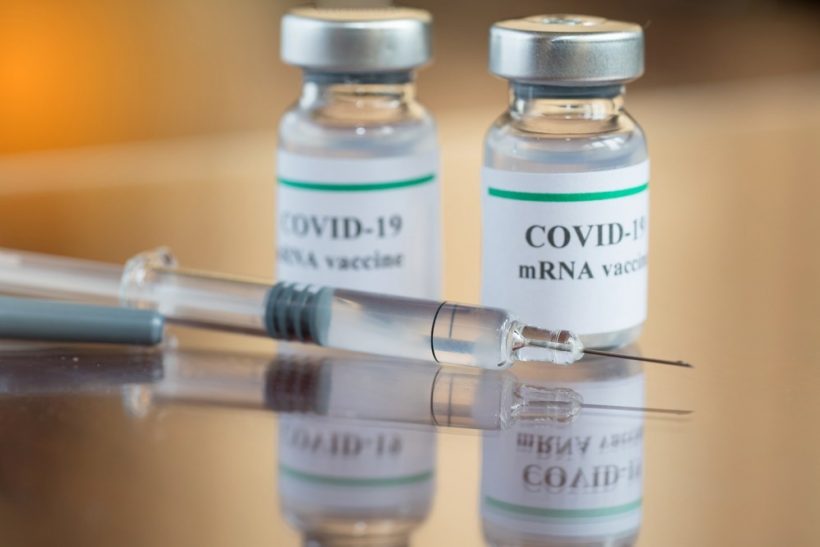In a recent study published in Clinical Infectious Diseases, researchers longitudinally evaluated humoral immune responses to the second and third (booster) doses of coronavirus disease 2019 (COVID-19) mRNA (messenger ribonucleic acid) vaccines among individuals with and without prior history of severe acute respiratory syndrome coronavirus 2 (SARS-CoV-2) infections.

Background
Studies have documented the generation of adaptive immune responses to SARS-CoV-2 infections and vaccinations, boosted by third-dose administration, to protect against COVID-19 severity outcomes. However, data on the synergistic hybrid immune protection conferred by SARS-CoV-2 infection and COVID-19 vaccination, among individuals with and without prior SARS-CoV-2 exposure, booster dose timing, and the effect of hybrid immunity on the waning of humoral immunity are limited.
About the study
In the present prospective cohort study, researchers evaluated the impact of hybrid immune responses conferred by SARS-CoV-2 mRNA vaccines and prior COVID-19 history on humoral immunity.
The sample population comprised healthcare workers (76%), initial responders (five percent), and other frontline workers (20%) across six US states, i.e., Arizona, Florida, Minnesota, Oregon, Texas, and Utah. Serum samples were obtained from the participants at recruitment and after intervals of 11 weeks to 13 weeks. In addition, participants submitted serum samples within 21.0 days to 60.0 days after reverse transcription-polymerase chain reaction (RT-PCR)-confirmed COVID-19, and 14.0 days to 60.0 days post-every COVID-19 vaccination.
The decline of antibodies against SARS-CoV-2 Wuhan/Hu-1/2019 strain spike protein subunit 2 (S2) and RBD (receptor-binding domain) was evaluated till 9.0 months post-second vaccination using ELISA (enzyme-linked immunosorbent assay) and documented as AUC (area under the serial dilution curve) values.
The team compared pre- and post-booster dose serological antibody titers among individuals belonging to either of the three groups- (i) vaccination only (no infection, n=224); (ii) infection before vaccination (previous infection, n=123); and (iii) infection after the second dose and before booster dose (breakthrough infection, n=41).
In addition, individuals self-obtained middle turbinate nasal swabs every week and at the beginning of CLI (COVID-19-like illness) symptoms such as chills, fever, breathlessness, cough, diarrhea, sore throat, muscular ache, and altered taste or smell. The swabs were subjected to RT-RCR analysis to detect SARS-CoV-2. Furthermore, the participants filled out online surveys to provide data on illness duration, fever absence/presence, and medical consultations.
Immunology eBook

The team compared AUC value changes as fold changes by linear mixed modeling adjusted for homologous mRNA-1273 or BNT162b2 vaccinations. Prior COVID-19 history was recorded based on self-report, antigen test or RT-RCR test reports, or the reports of serological tests performed at study enrollment.
SARS-CoV-2 vaccination status was either self-documented or self-confirmed by vaccination cards. Additionally, areas in Oregon, Minnesota, Utah, and Texas reviewed electronic health records, state registries, and occupational health reports.
The team included 338 essential and frontline workers who were administered three mRNA vaccine doses in the pre-Omicron variant period between July 2020 and November 2021. Individuals infected with SARS-CoV-2 between the first and second vaccine doses or after two weeks of the second vaccination were excluded from the analysis.
Results
Most participants were women (69.0%), aged between 18.0 years and 39.0 years (58.0%). The interval between the second and third doses was eight months. Among the participants, 88% and 10% were homologous BNT162b2 vaccinees and mRNA-1273 vaccinees, respectively. Among vaccination-only individuals, after the second dose, geometric mean ratio (GMR) values comparing anti-S2 and anti-RBD titers were 1.8 and 2.6, respectively.
The corresponding titers were reduced by 32% and 55%, respectively, within 200 days after the second vaccine dose. After the booster dose, GMR values for the corresponding antibodies increased by 2.9-fold and 2.6-fold, respectively. Individuals infected within 3.0 months prior to booster vaccination showed no significant increase in antibody titers post-booster dose.
Among individuals with prior COVID-19 history, after the first dose, GMR values for anti-S2 and anti-RBD antibody titers in comparison to post-SARS-CoV-2 infection titers were 1.6 and 3.2, respectively. After the second dose, the corresponding GMR values compared to the first dose were 1.0 and 1.1, respectively.
Post-second vaccination, previously infected individuals showed consistently greater antibody titers over time than those vaccinated only till greater than or equal to 200.0 days after the second dose, significantly boosted by the third dose.
Of note, among recently infected individuals, the final antibody titers before the vaccine booster were comparable to antibody titers post-COVID-19 vaccination without any significant changes in anti-RBD or anti-S2 titers from pre- to post-booster vaccination.
Contrastingly, among individuals with breakthrough SARS-CoV-2 infections >90 days prior to the booster vaccination, anti-S2 and anti-RBD titers were 1.7-fold and 2.3-fold greater after the booster dose in comparison to the pre-booster dose end-titers.
Conclusion
Overall, the study findings showed that the booster dose of SARS-CoV-2 mRNA vaccines induced robust humoral immunological responses among prime-vaccinated individuals irrespective of whether the individuals had been infected >3.0 months earlier. However, there was no significant humoral immune boost by the third vaccine dose in individuals infected with SARS-CoV-2 <3.0 months before booster vaccination. The findings indicated a minimum 3.0-month interval post-SARS-CoV-2 infection and booster vaccination for maximal humoral benefit.
- Herring, M. et al. (2022) "SARS-CoV-2 infection history and antibody response to three COVID-19 mRNA vaccine doses", Clinical Infectious Diseases. doi: 10.1093/cid/ciac976. https://academic.oup.com/cid/advance-article/doi/10.1093/cid/ciac976/6964677?rss=1&login=false
Posted in: Medical Science News | Medical Research News | Disease/Infection News
Tags: Antibodies, Antibody, Antigen, Assay, Coronavirus, Coronavirus Disease COVID-19, Cough, covid-19, Diarrhea, ELISA, Enzyme, Fever, Healthcare, Homologous, Immune Response, immunity, Infectious Diseases, Occupational Health, Omicron, Polymerase, Polymerase Chain Reaction, Protein, Receptor, Respiratory, Ribonucleic Acid, SARS, SARS-CoV-2, Severe Acute Respiratory, Severe Acute Respiratory Syndrome, Sore Throat, Spike Protein, Syndrome, Throat, Transcription, Vaccine

Written by
Pooja Toshniwal Paharia
Dr. based clinical-radiological diagnosis and management of oral lesions and conditions and associated maxillofacial disorders.
Source: Read Full Article






